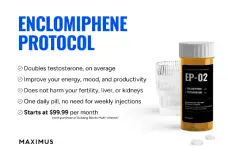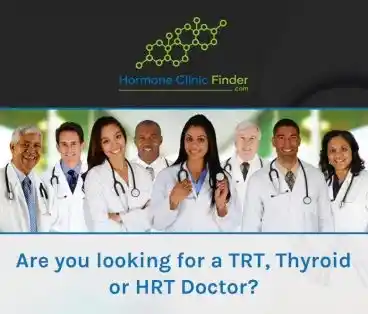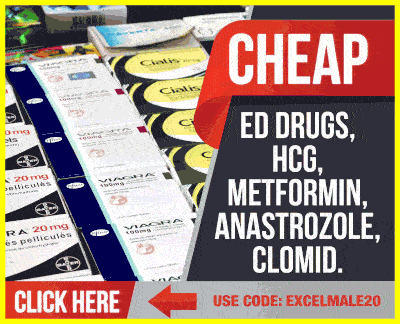Figure 1. A primer of the inflammatory cascade. (
a) Pathogens, tissue injury, and foreign particles induce inflammation. (
b) Transmembrane TLRs and intracellular NLRs bind to PAMPs or DAMPs, respectively. (
c) TLRs activate a MyD88-dependent signal transduction pathway that involves the phosphorylation of the inhibitory IκB protein by IKK. NF-κB is released from IκB, and it translocates to the nucleus where transcription is upregulated through binding to target inflammatory genes. NLRs signal the inflammasome, which activates caspase-1 to convert cytokines into active forms (IL-1β and IL-18), which then elicit inflammation after being released from the cell. (
d) A variety of proinflammatory cytokines and chemokines are produced and released to promote effector functions of inflammation. (
e) Blood-borne neutrophils and monocytes migrate to the site of disturbance by chemotaxis and selectively pass through endothelial cells to reach target sites (extravasation). This influx of cells is accompanied by protein-rich fluid, known as the exudate, and promotes edema (swelling). Mast cells and tissue-resident macrophages promote this migration by releasing histamine, leukotrienes, and prostaglandins, which have rapid effects upon the vasculature, including vasodilation and increased vascular permeability. Neutrophils release toxic compounds, including ROS, RNS, and various proteases, which are nonspecific and harm both the pathogen and host. Macrophages and dendritic cells participate in the phagocytosis of Ag. (
f) These cells migrate to lymphoid tissue and prime naıve T-cells (Th0) to become polarized through the stimulation of the TCR by antigens bound to MHC class II receptors. Th0 cells differentiate into several different types of effectors and regulatory cells: Th1 cells (proinflammatory), Th2 cells (anti-inflammatory), Tregs (regulatory), and Th17 cells (proinflammatory). Depending upon the type of pathogen and other factors, the resulting Th population can be biased toward a proinflammatory, anti-inflammatory, or regulatory phenotype. Cytokines produced by polarized Th1 and Th2 are mutually inhibitory, whereas cytokines produced by Treg cells dampen both Th1 and Th2 responses. Th17 cells are highly proinflammatory and are regulated by the other Th subsets. Black-arrowed and dashed lines represent stimulatory and inhibitory actions, respectively. (
g) Resolution of inflammation occurs when neutrophils promote the switch of leukotrienes produced by macrophages and other cells to lipoxins, which initiates the termination of inflammation. Fas ligand, resolvins, and protectins promote the apoptosis of neutrophils. Macrophages phagocytose apoptotic neutrophils and cellular debris. Abbreviations: Ag, antigen; DC, dendritic cell; DAMP, damage-associated molecular pattern; IκB, nuclear factor of kappa light polypeptide gene enhancer in B-cells inhibitor; IKK, inhibitor of kappa B kinase; IFN-γ, interferon-gamma; IL, interleukin; Mφ, macrophage; MHC, major histocompatibility complex; MyD88, myeloid differentiation primary response gene; NF-κB, nuclear factor kappa-light-chain-enhancer of activated B-cells; NLR, nucleotide binding domain and leucine-rich-repeat-containing receptors; PAMP, pathogen-associated molecular pattern; RNS, reactive nitrogen species; ROS, reactive oxygen species; TCR, T-cell receptor; TGF-β, transforming growth factor-beta; Th, T helper cell; TLR, Toll-like receptor; TNF-α, tumor necrosis factor-alpha; Treg, regulatory T-cell. (Noah T. Ashley, Zachary M. Weil, and Randy J. Nelson. Inflammation: Mechanisms, Costs, and Natural Variation Annu. Rev. Ecol. Evol. Syst. 2012. 43: 385–406; with permission from the publisher).













